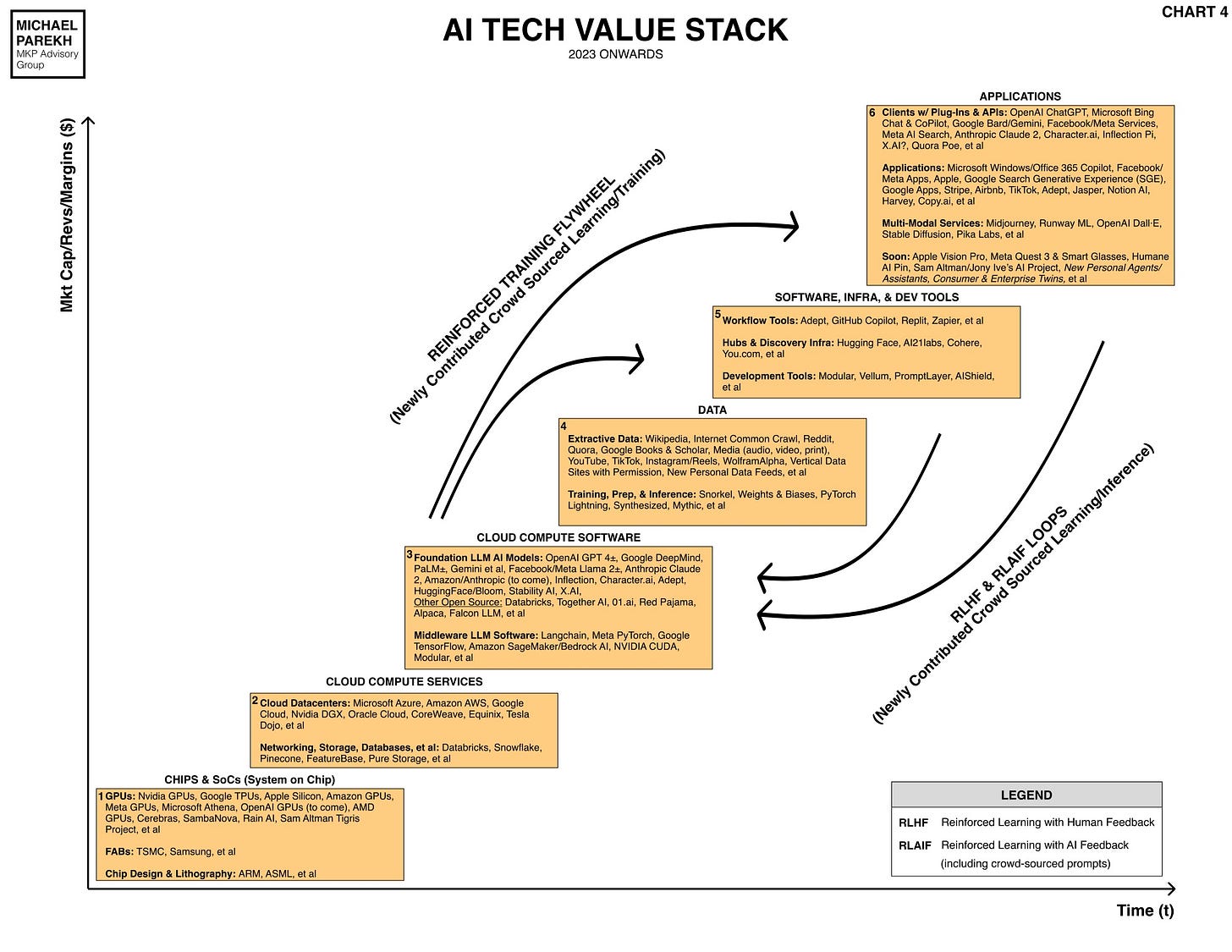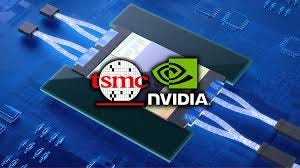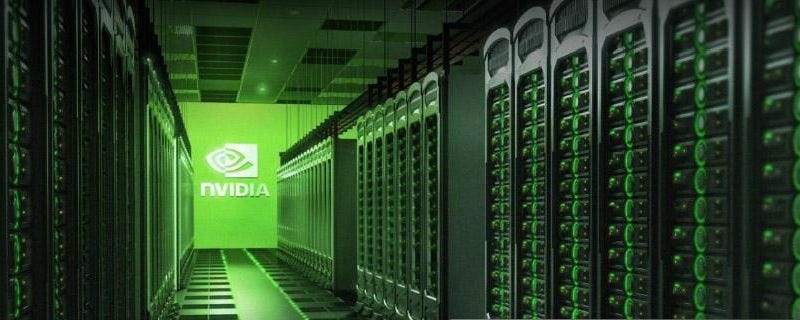I’ve said in earlier posts that without Nvidia’s AI GPUs and DGX data center super computers, AI would be just two non-adjacent letters in the alphabet. And I’ve covered at length how Nvidia is in the catbird’s seat supplying the bulk of the AI GPUs and related AI software (CUDA etc.) to all the AI data center companies.
That of course includes the ‘Magnificent 7’, Microsoft (and partner OpenAI), Meta, Amazon AWS, Google, Tesla and Apple. And dozens of AI data center companies in the AI tech stack boxes above number two and up in the AI Tech Wave chart below.
But critical to all of them including Nvidia of course is Taiwan Semiconductor (TSMC), in the pivotal Box no. 1 (bottom left) above. They make over half the chips, AI and beyond for all the critical tech companies large and small the world over. Their intricate multi-billion dollar ‘fab’ factories where the actual chips are made, for Nvidia and most everyone else, are where the core chips originate. And of course the most advanced chips fab factories are in Taiwan itself. Where China has it focus laser targeted on, from President Xi on down.
TSM, which is the stock ticker traded on the NY stock exchange, has a market cap of over half a trillion dollars, and underpins everything that the world relies on to do its computing tasks. AI is just the latest version of computing the world needs seemingly unlimited amounts of going forward.
They and ASML, another quarter of a trillion dollar plus market cap company that makes the multi-hundred million dollar per unit machines that TSMC uses to make the chips, are two of the core tech companies that begin the AI tech stack in Box 1 above. Of course many other semiconductor companies like ARM which I’ve discussed, AMD, Qualcomm, Intel and dozens of other semiconductor are also important and integral to the tech we all consume. But TSMC is where is all begins.
I bring it all up because the CEO of TSMC, Dr. C.C. Wei, had some notable comments on AI chip and power demands into 2024 and beyond. He’s not as well-known as Nvidia’s founder/CEO Jensen Huang, who was born in Taiwan.
But Dr. Wei’s company is critical to Jensen and Nvidia’s success going forward. As Barron’s notes in “TSMC CEO Predicts Big AI Chip Demand but Sees 3 Key Challenges”:
“The CEO of Taiwan Semiconductor Manufacturing Co. says the surging demand for artificial intelligence chips is creating new problems for the semiconductor industry that must be solved.”
“We have to give the industry enough capacity to meet [AI] demand, and we also have to work together on cost,” Dr. C.C. Wei, TSMC’s chief executive, said Thursday at the company’s 2023 Supply Chain Management Forum. “We have to develop technology that not only delivers performance but efficiently controls power.”
The piece goes on to underscore TSMC role in an understated way:
“TSMC dominates the market for high-end chips. It is the main supplier for making AI chips for Nvidia, which leads the market for semiconductors used for AI applications.”
“The company also makes the core processors inside Apple iPhones, Qualcomm mobile chipsets, and processors made by Advanced Micro Devices. According to TrendForce, TSMC has about 56% of the market share of the third-party chip-manufacturing business, followed by Samsung with 12%.”
Thought it was important to highlight their role, given that much of the AI drama and direction is generally focused on companies and personalities further up the tech stack above like OpenAI and others from the ‘Magnificent 7. So Boxes 3 to 6 in the chart above.
But it all begins at the bottom of the tech stack in every cycle, with the chips that make the hardware that runs all the software that makes AI possible. Thus this little close-up look. TSMC is where it all begins. And it also of course is at the center of the US/China geopolitical tensions over Taiwan and the South China Seas.
The chips that power it all, with the AI Tech Wave just beginning. Stay tuned.
(NOTE: The discussions here are for information purposes only, and not meant as investment advice at any time. Thanks for joining us here)







